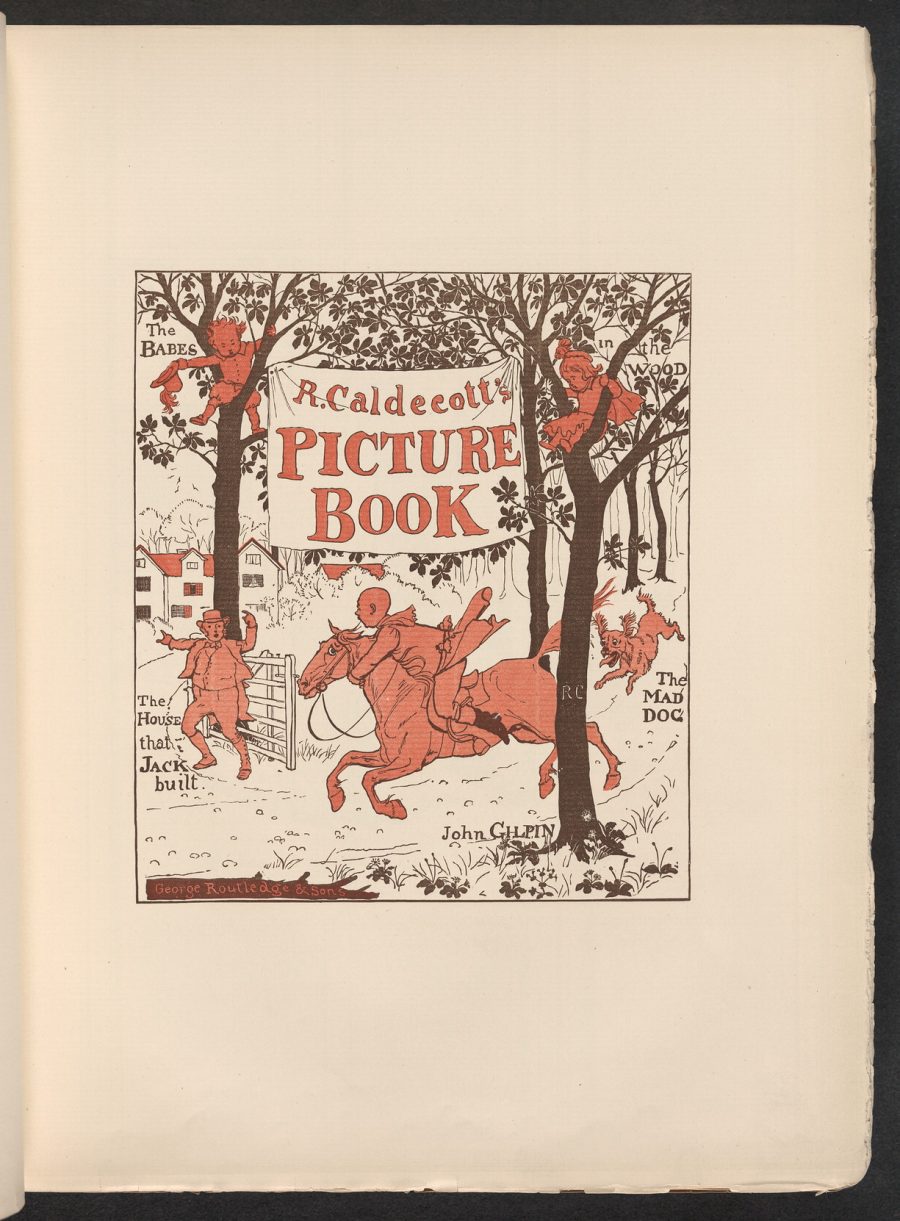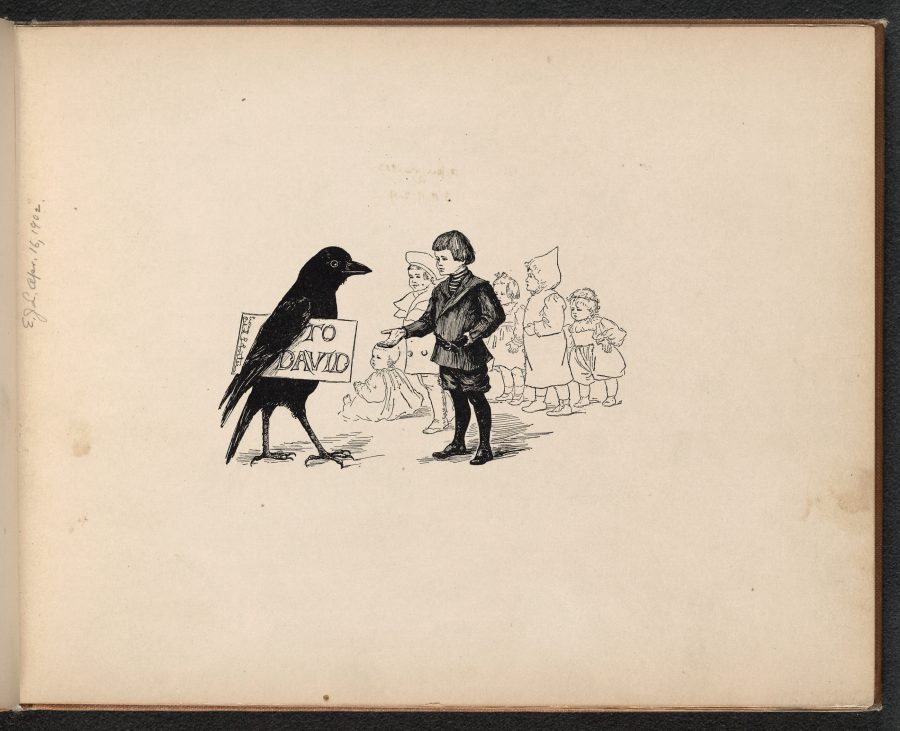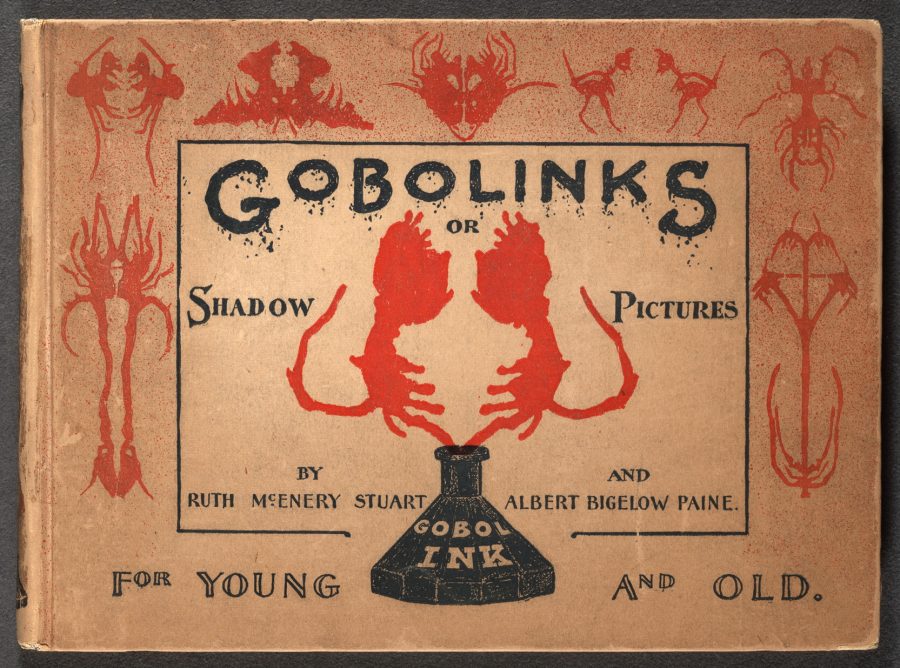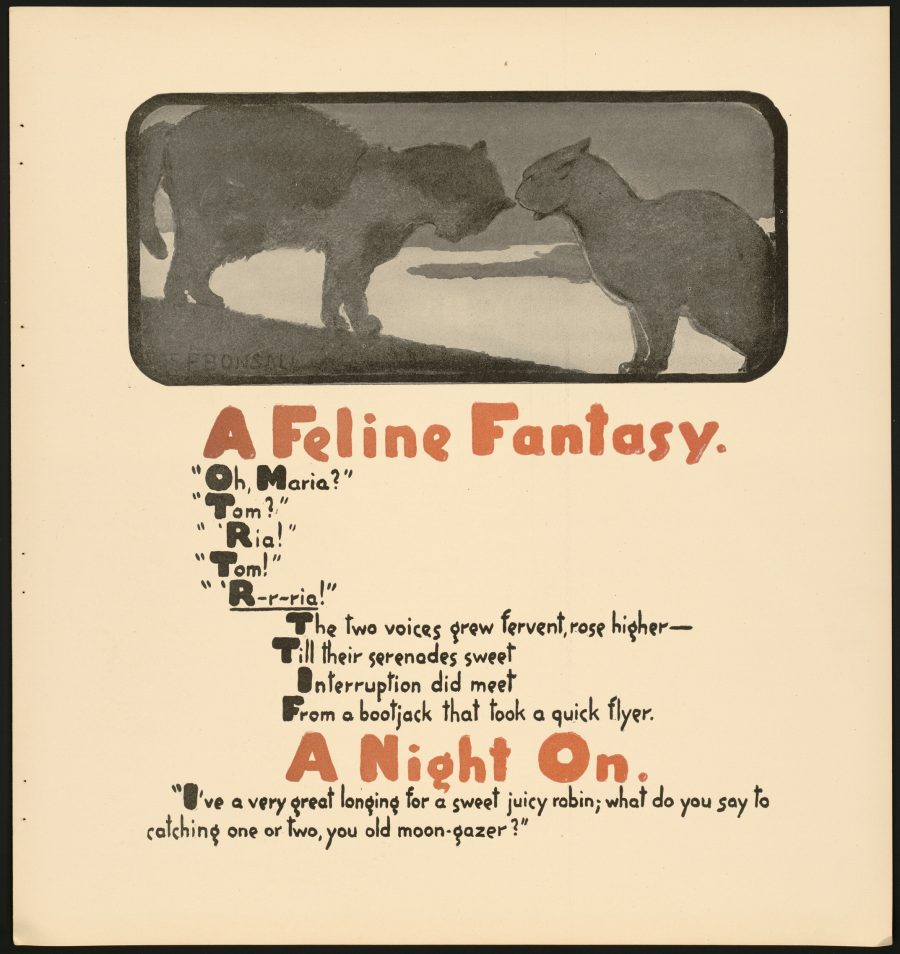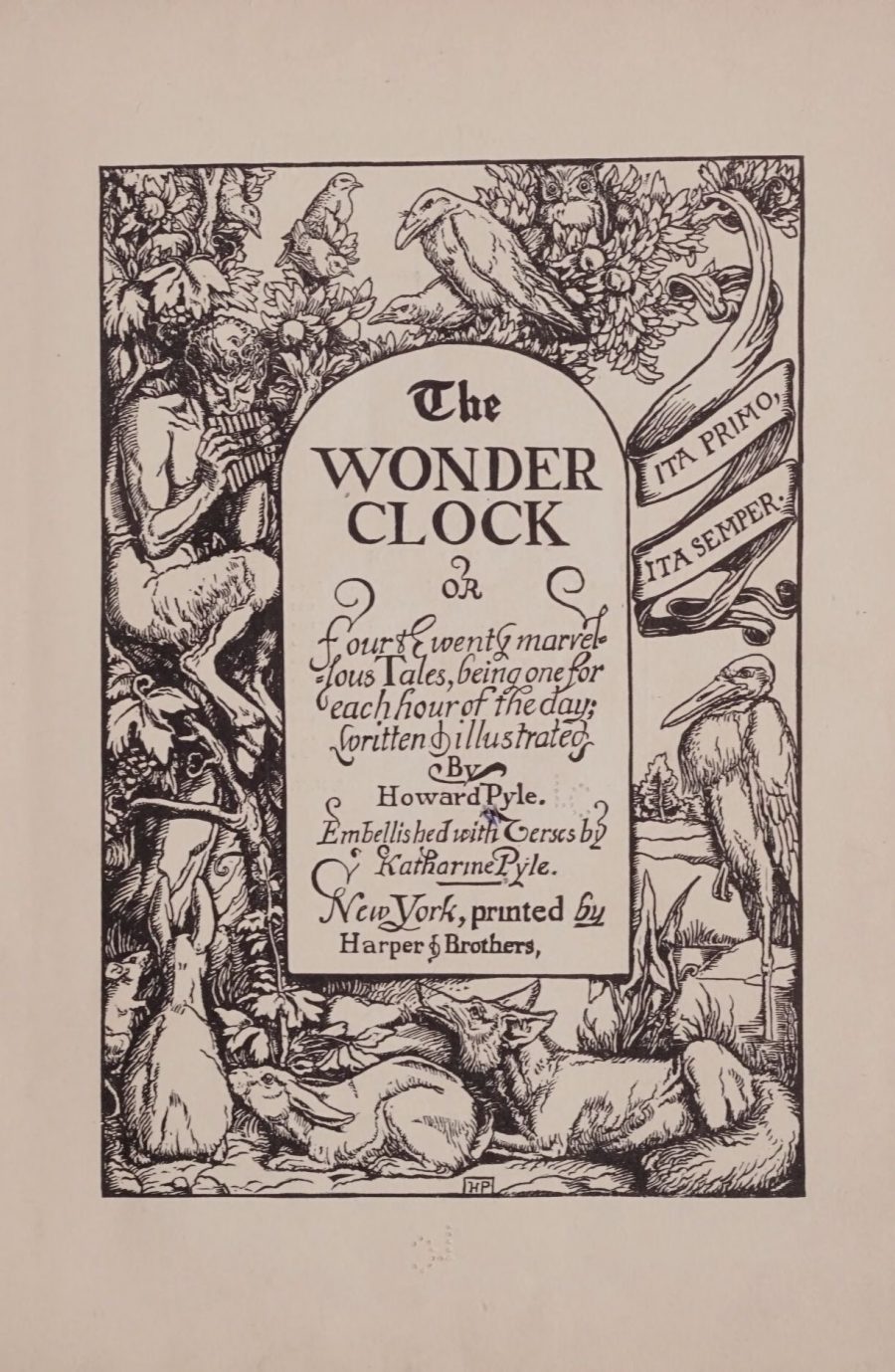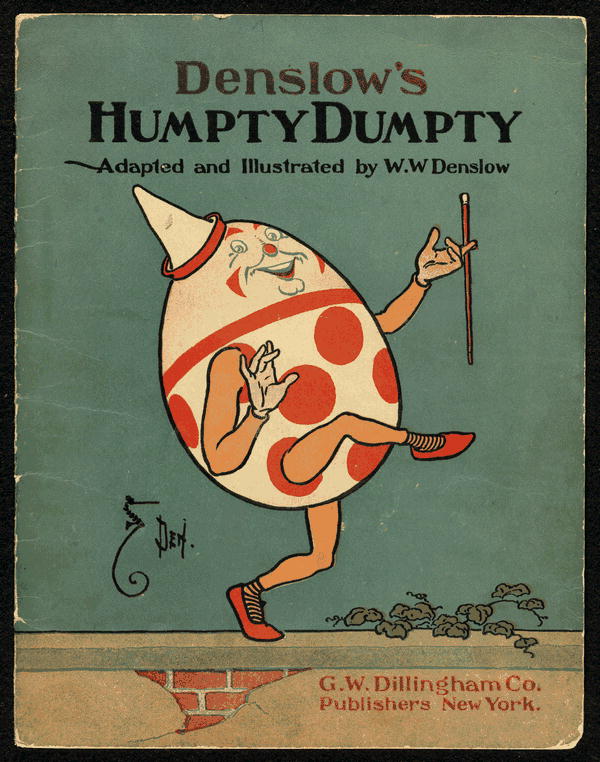Economist and columnist Paul Krugman recently wrote about a current nominee for the Federal Reserve’s Board of Governors who called cities like Cincinnati and Cleveland “armpits of America” to laughs from an audience of business leaders. This same nominee has made headlines for saying “capitalism is a lot more important than democracy” and calling the 16th Amendment establishing the income tax the “most evil” law passed in the 20th century.
As crude as the comments are, many wealthy people who make decisions of consequence in the U.S. do not seem like “big believers in democracy,” as the nominee put it. It’s messy and inconvenient for those who would prefer not to answer to an elected government. The same attitudes were shared by right-wing bankers, business leaders, and conservative politicians during the worst economic crisis the country has seen.
Despite the failure of laissez-faire financial capitalism after the crash of 1929, financiers, economists, and politicians refused to admit their principles might have been very badly flawed. But in 1933, when Franklin Roosevelt was first elected, “the economy was staggering, unemployment was rampant and a banking crisis threatened the entire monetary system,” writes NPR, in a description of the Great Depression that reads as drily understated.
Still, Roosevelt’s election went too far for his opponents (and not far enough for progressives to his left). West Virginia Republican Senator Henry Hatfield wrote to a colleague, in a series of evergreen expressions, characterizing FDR’s historic First Hundred Days as “despotism”:
This is tyranny, this is the annihilation of liberty. The ordinary American is thus reduced to the status of a robot. The president has not merely signed the death warrant of capitalism, but has ordained the mutilation of the Constitution, unless the friends of liberty, regardless of party, band themselves together to regain their lost freedom.
Wall Street agreed, except for all that stuff about the Constitution and the welfare of the ordinary American.
In what became known as the “Business Plot” (or the “Wall Street Putsch”)—a group of bankers and business leaders allegedly created a conspiracy to overthrow the president and install a dictator friendly to their interests. The conspirators included investment banker and future Connecticut Senator Prescott Bush (father of George H.W. Bush), bond salesman Gerald MacGuire, and Bill Doyle commander of the Massachusetts American Legion.
The plot was famously exposed by Major General Smedley D. Butler, who testified under oath about his knowledge of a plan to form an organization of 500,000 veterans who could take over the functions of government, as you can see Butler himself say in the 1935 newsreel footage above. The members of the Business Plot believed Butler would lead this irregular force in a coup. He had previously been “an influential figure in the so-called Bonus Army,” writes Matt Davis at Big Think, “a group of 43,000 marchers—among them many World War I veterans—who were camped at Washington to demand the early payment of the veteran’s bonus promised to them.”
Butler’s willingness to challenge the government did not make him sympathetic to a coup. He heard the conspirators out, then turned them in. But his allegations were immediately dismissed by The New York Times, who wrote that the story was a “gigantic hoax,” “perfect moonshine!,” “a fantasy,” and “a publicity stunt.” A congressional investigation corroborated Smedley’s claims, to an extent. The conspirators may have had weapons, violent intent, and millions of dollars. But no one was ever prosecuted. Many, like New York Mayor Fiorello La Guardia, waved the coup attempt away as “a cocktail putsch.”
The same attitudes that let the conspirators suffer no consequences, and let them go on to serve in high office, also seemed to drive their way of thinking. Roosevelt could be brought to see reason, they believed. Since his class interests aligned with theirs, he would see that fascism best served those interests. Sally Denton, investigative reporter and author of a book about the multiple plots against FDR (The Plots Against the President: FDR, A Nation in Crisis, and the Rise of the American Right), explains in an interview with All Things Considered:
They thought that they could convince Roosevelt, because he was of their, the patrician class, they thought that they could convince Roosevelt to relinquish power to basically a fascist, military-type government.
What MacGuire proposed was more corporatist than militarist in appearance, at least, notes Davis. The President could remain as a figurehead, but “the real power of the government would be held in the hands of a Secretary of General Affairs, who would be in effect a dictator,” but whose job description, as MacGuire put it, was “a sort of super secretary.”
As for Butler, not only did he call the plot treason, but he also came to feel considerable regret for his service as “a high-class muscle man for Big Business, for Wall Street and the bankers,” as he later wrote in his essay “War is a Racket,” published in the socialist magazine Common Sense. “I was a racketeer,” he confessed, “a gangster for capitalism.” In exposing the plot, he decided to side with the flawed, but functional democracy of our own country over the will of capitalists bent on holding power by any means.
via Big Think
Related Content:
Umberto Eco Makes a List of the 14 Common Features of Fascism
Josh Jones is a writer and musician based in Durham, NC. Follow him at @jdmagness

